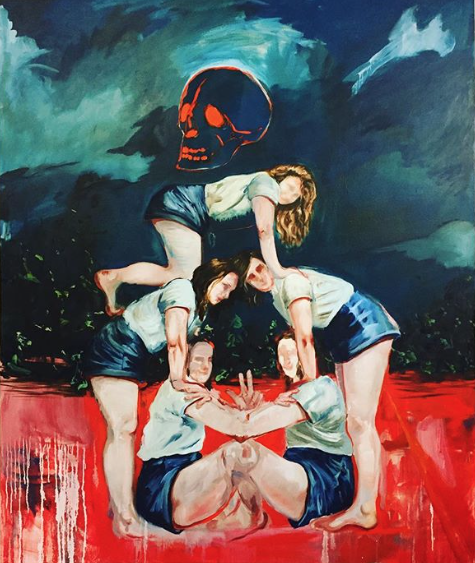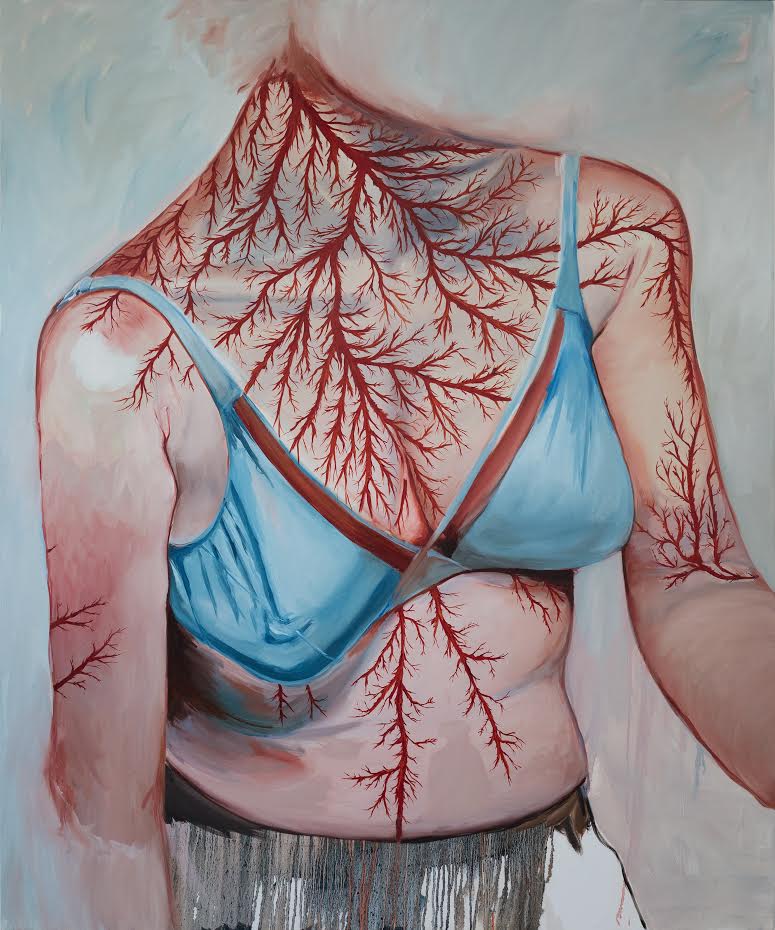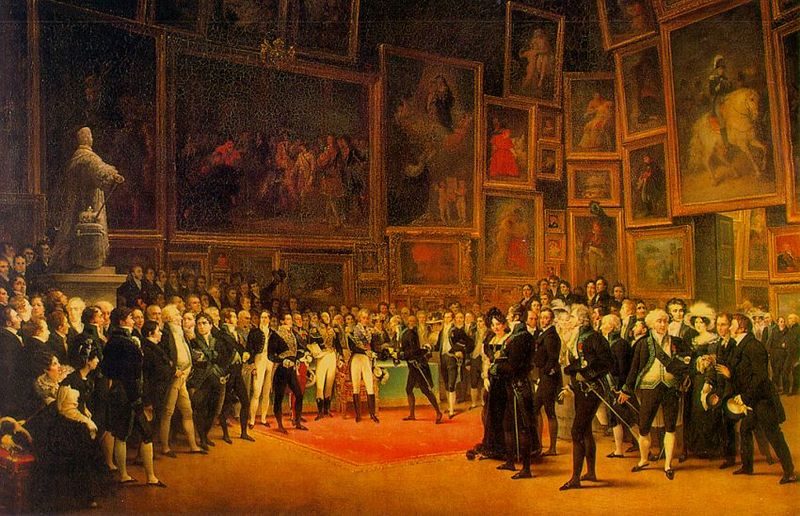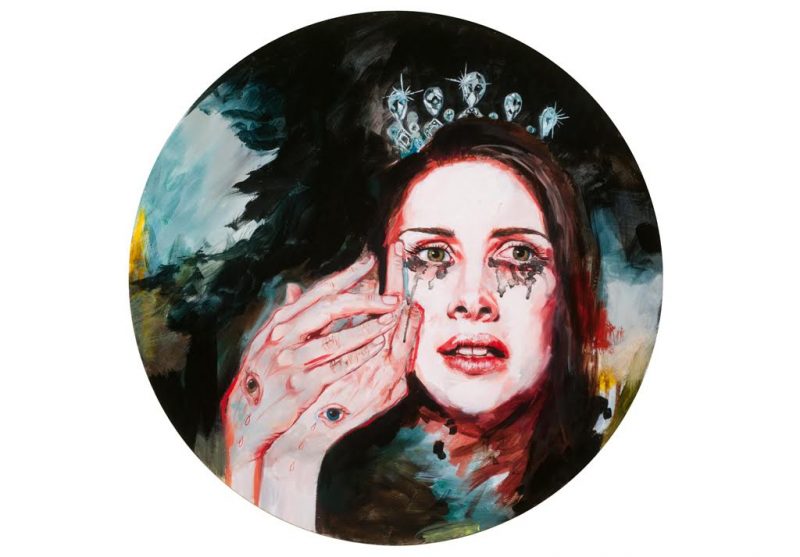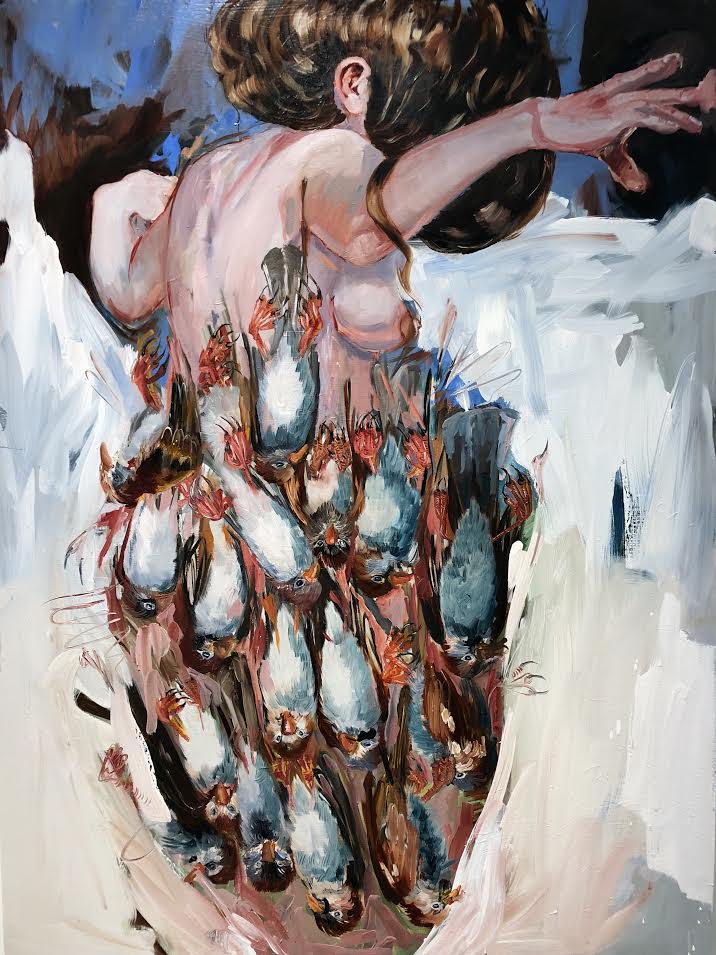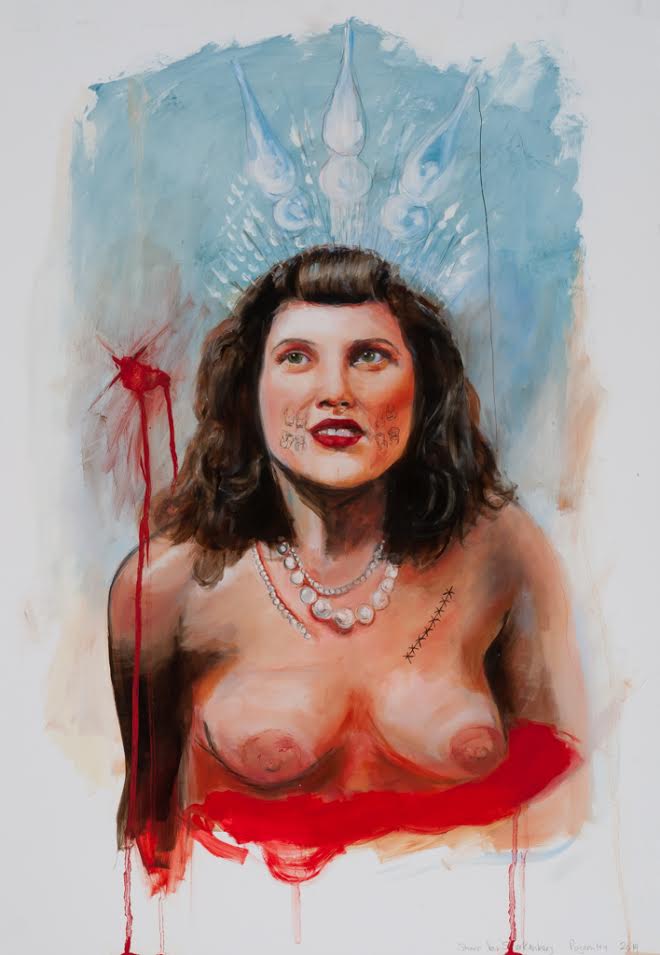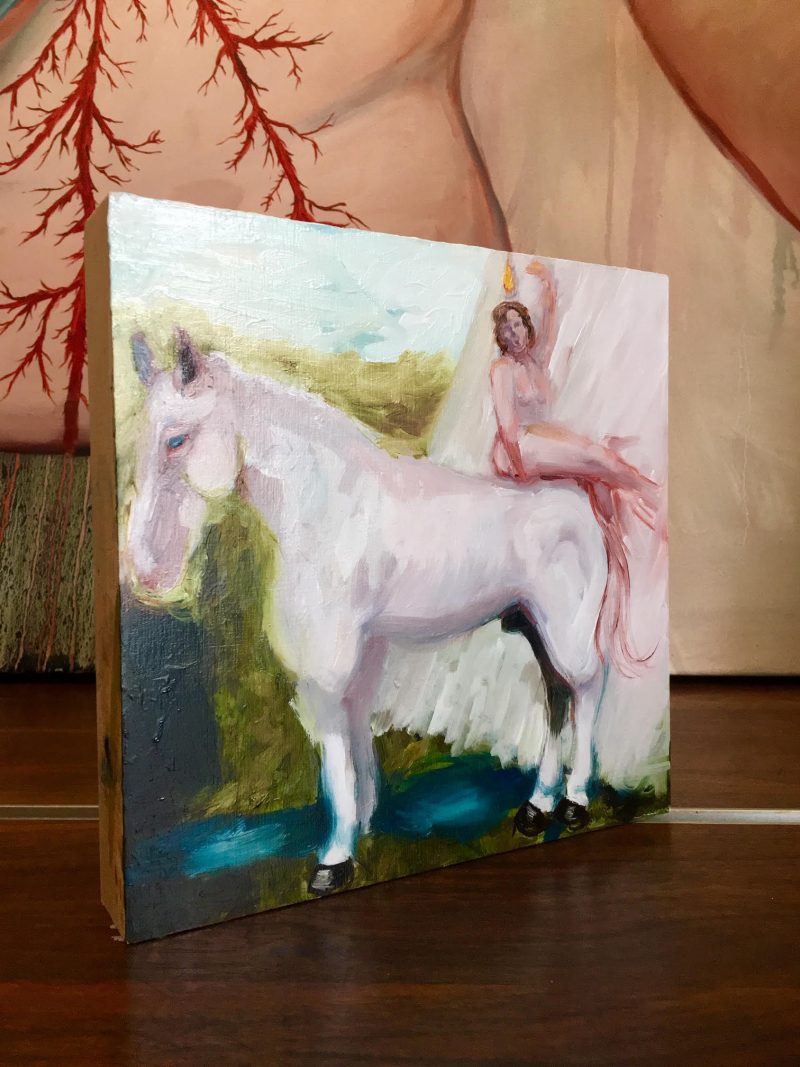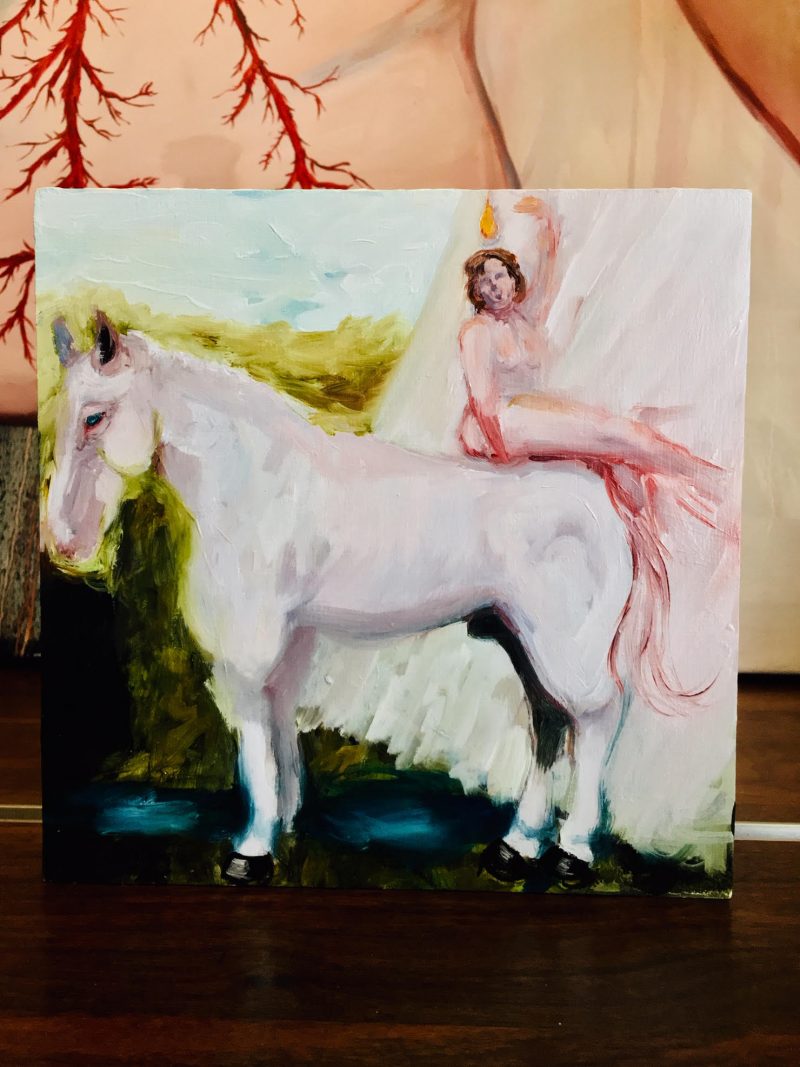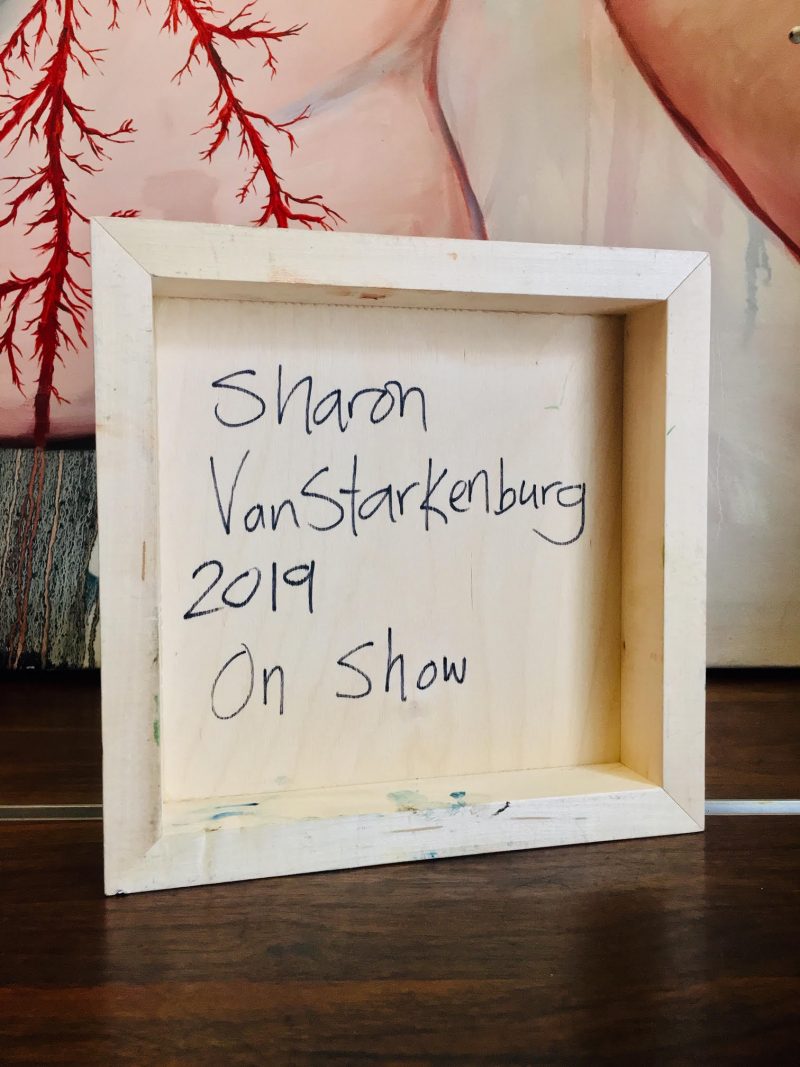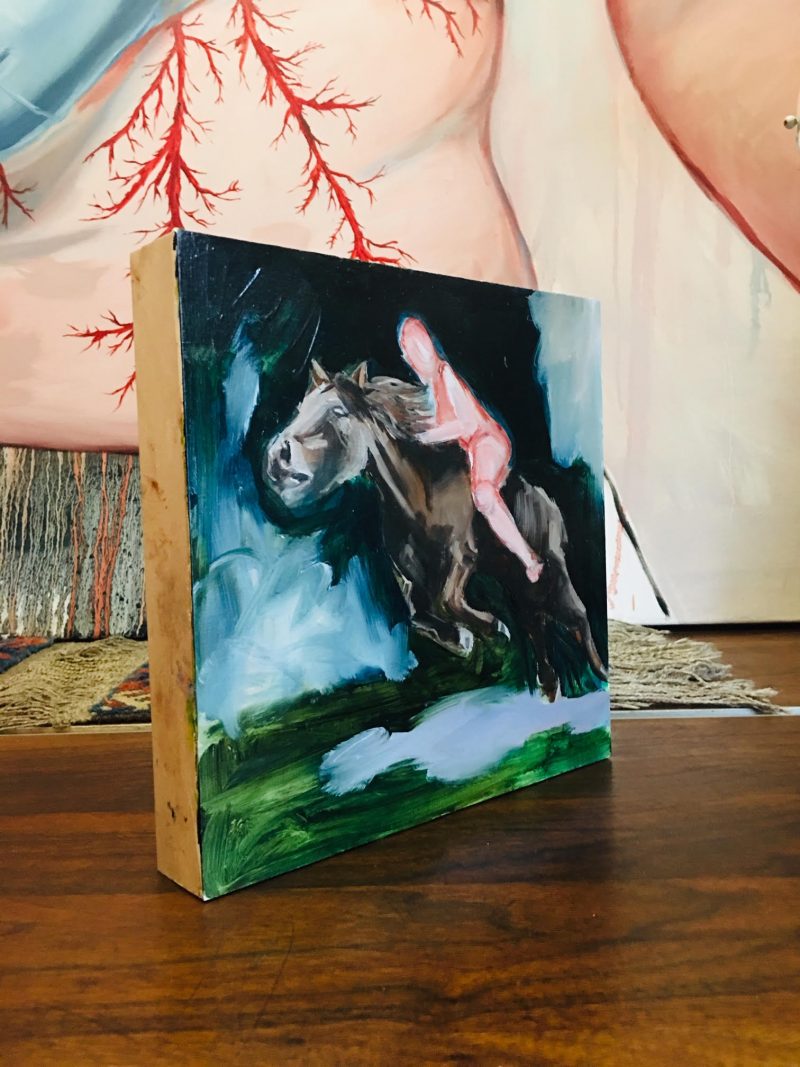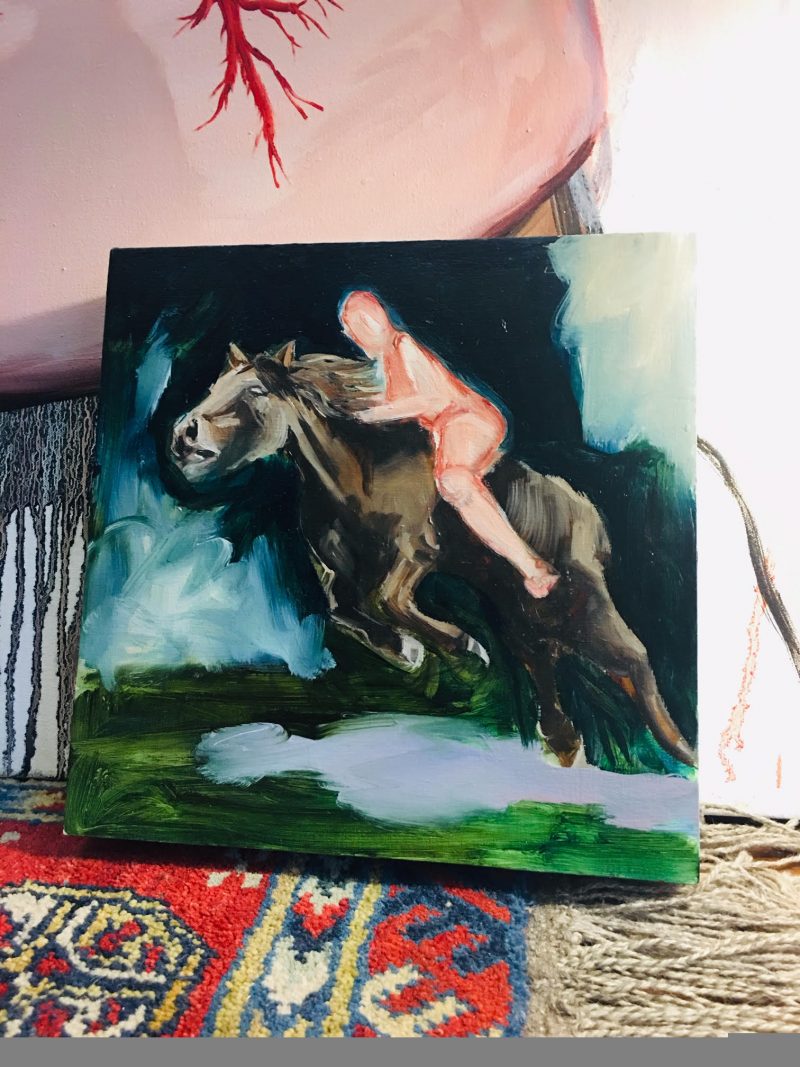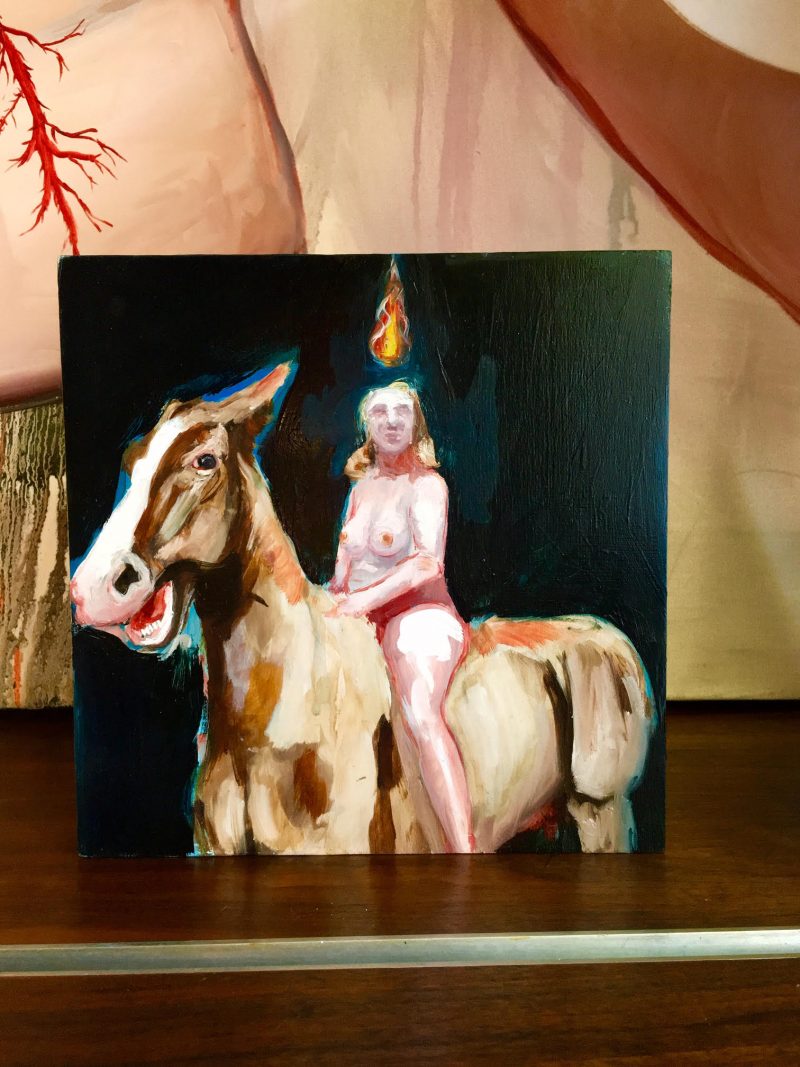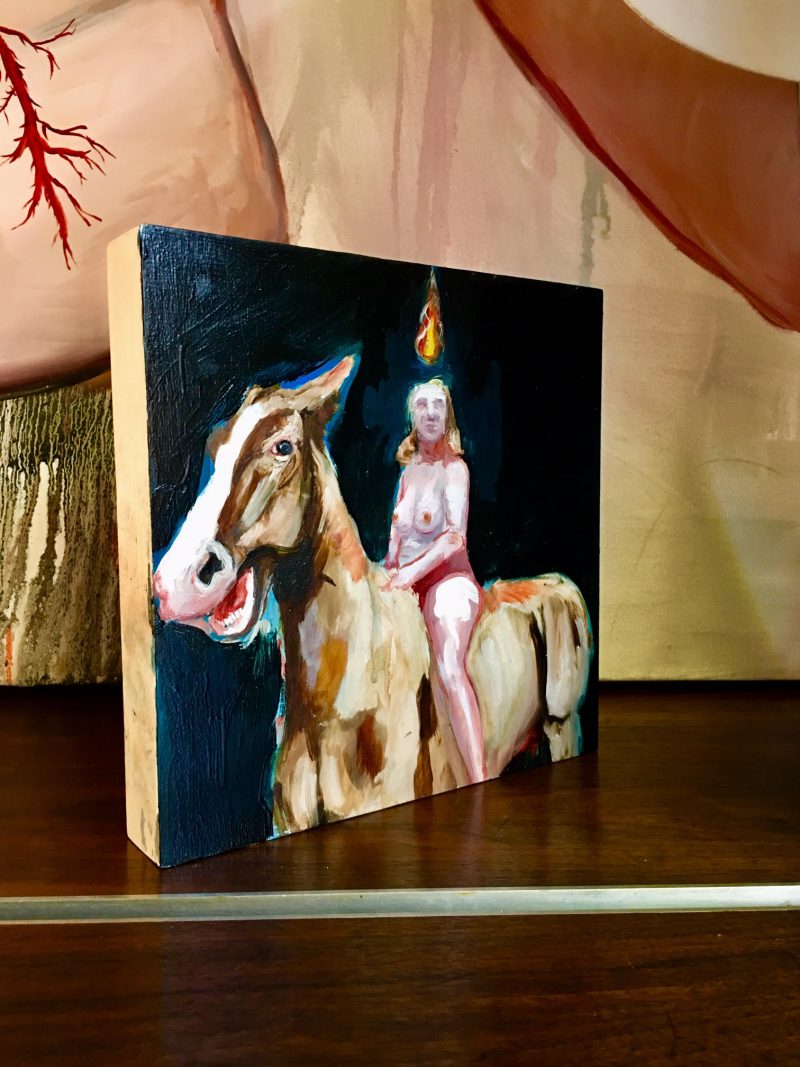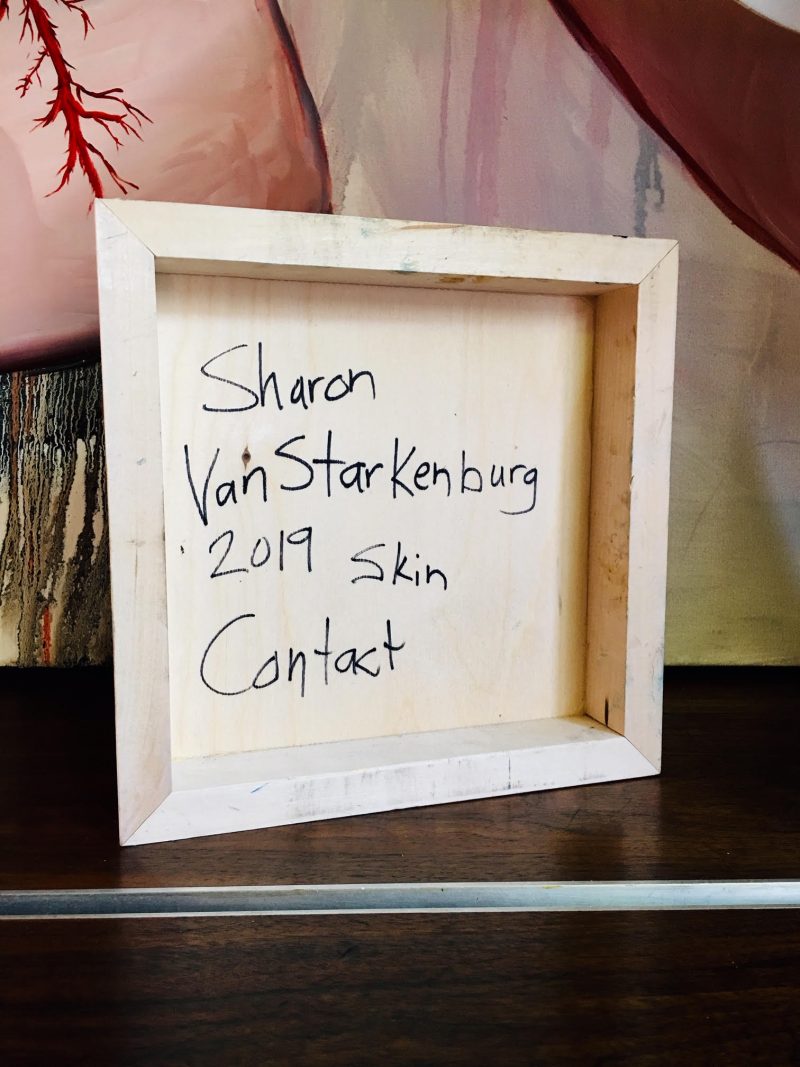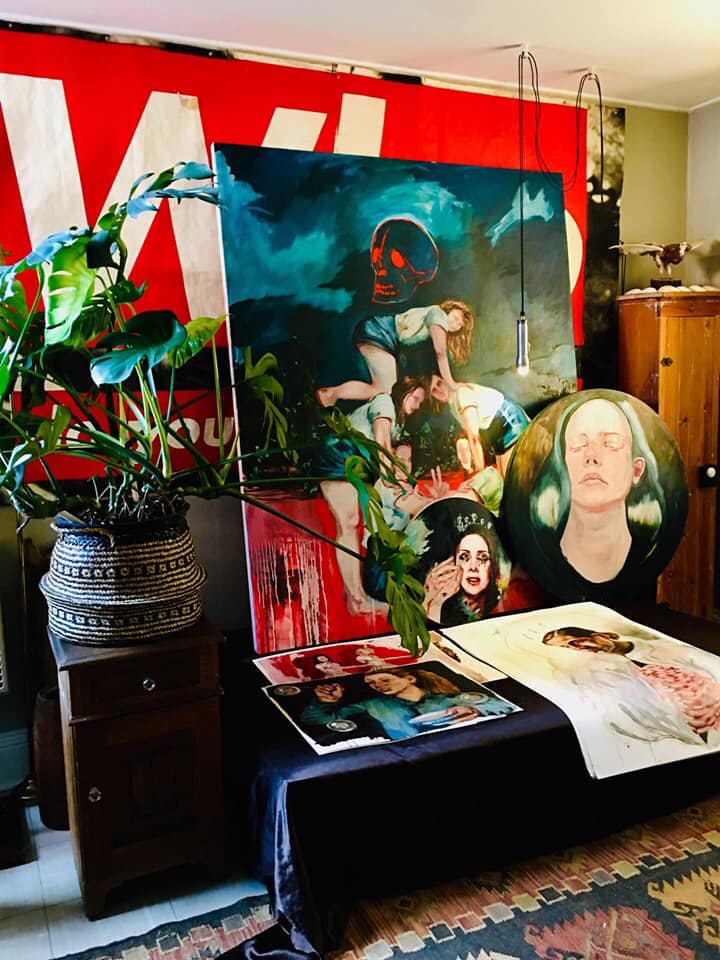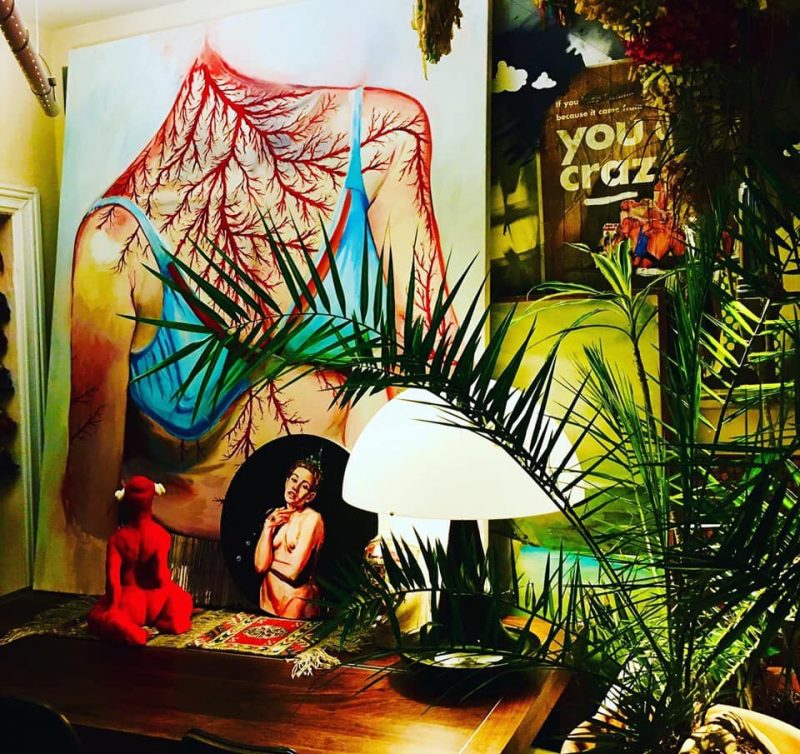‘Salon des Refusés’ with Sharon VanStarkenburg 2019
‘Salon des Refusés‘ Evenings hosted by Guy Bérubé
Guest Artist: Sharon VanStarkenburg, Ottawa
Date: Saturday November 2, 2019
Time : 7 – 10pm
Artist Talk: 8:00pm Please RSVP
Parking: Free on the street after 5:30pm
Details: BYOB & light refreshements will be served
Hors-d’oeuvres created by the artist in the spirit of the evening.
STATEMENT:
Ordered by Napoleon, the 1863 landmark Salon des Refusés was organized to allow the public to judge the merit of artworks for themselves, rather than relying on the conservative Salon gatekeepers to dictate taste. This historic moment brought art and art lovers together, free to flirt without the Academy chaperoning the affair.
It is in this scandalous lineage of unleashing the avant-garde in alternative art spaces that Guy Bérubé revives the Salon des Refusés. With exclusive, curated soirées featuring vanguard artists and the work that refuses to obey or be subsumed, Bérubé aims to satiate the ardent art lover with a banquet of delights. An evening of intimate company, rare venues, gustatory delights and hand-selected works only available to those in attendance, Bérubé’s Salons promise to trifle all the senses.
To debut the Salon des Refusés revival, Bérubé presents the inscrutable artist Sharon VanStarkenburg. VanStarkenburg’s work is, like the artist, herself, paradoxical: it is at once inviting, nostalgic, and contentious. The work is unabashedly frank, powerful, and often sexy as hell. Frequently censored in the name of decorum, Bérubé invites patrons to peruse work, some never publicly available before, and experience the candor themselves. Meet the artist, a gracious host in her own right, with exclusive access to her work, her ethos and hospitality.
More on the artist:
Sharon VanStarkenburg, Ottawa, Canada
Sharon VanStarkenburg was born in Pembroke, ON in 1974. She earned her BFA from the University of Ottawa in 1997, studied at NYU at the graduate level in Fine Arts in 2007 and is a MFA graduate from the University of Ottawa (2018). She has been featured in a number of both online magazines and print, including Preston Catalogue, Fresh Paint Magazine (UK and US), Antidote Magazine and Art Reveal Magazine. She is the recipient of multiple grants from both the City of Ottawa and Ontario Arts Council, and other prestigious arts awards including the University of Ottawa Graduate Research Travel Grant, the René Payant Award and the Charles Gagnon Fine Arts Award. VanStarkenburg has exhibited internationally and is included in numerous collections.
VanStarkenburg’s work is aligned with her feminist values, addressing transformation, distortion, otherness and tropes of white Western girlhood and womanhood. She problematizes normative femininity, body policing, and the acculturation into desiring and being desirable. Her work is anchored in narrative and employs pictorial allegory to communicate embodied realities such as the performance of body and gender, grief, fear, joy and jouissance. With a feminist perspective informed by contemporary theories of identity, embodiment and subjectivity, she incorporates the personal and the political; the emotional and the intellectual; the individual and the collective; through first-person narratives of the particular.
The Salon des Refusés, French for “Exhibition of Rejects”, is generally an exhibition of works rejected by the jury of the official Paris Salon, but the term is most famously used to refer to the Salon des Refusés of 1863.
Today by extension, Salon des Refusés refers to any exhibition of works rejected from a juried art show.
Background of the Salon of 1863
The Paris Salon, sponsored by the French government and the Academy of Fine Arts, took place annually, and was a showcase of the best academic art. A medal from the Salon was assurance of a successful artistic career; winners were given official commissions by the French government, and were sought after for portraits and private commissions. Since the 18th century, the paintings were classified by genre, following a specific hierarchy; history paintings were ranked first, followed by the portrait, the landscape, the “genre scene“, and the still life. The jury, headed by the Comte de Nieuwerkerke, the head of the Academy of Fine Arts, was very conservative; near-photographic but idealized realism was expected.
Much intrigue often went on to get acceptance, and to be given a good place in the galleries. In 1851, Gustave Courbet managed to get one painting into the Salon, Enterrement á Ornans, and in 1852 his Baigneuses was accepted, scandalizing critics and the public, who expected romanticized nudes in classical settings, but in 1855 the Salon refused all of Courbet’s paintings. As early as the 1830s, Paris art galleries mounted small-scale, private exhibitions of works rejected by the Salon jurors. Courbet was obliged to organize his own exhibit, called Le Realism, at a private gallery. Private exhibits attracted far less attention from the press and patrons, and limited the access of the artists to a small public.
In 1863 the Salon jury refused two thirds of the paintings presented, including the works of Gustave Courbet, Édouard Manet, Camille Pissarro and Johan Jongkind. The rejected artists and their friends protested, and the protests reached Emperor Napoleon III. The Emperor’s tastes in art were traditional; he commissioned and bought works by artists such as Alexandre Cabanel and Franz Xaver Winterhalter, but he was also sensitive to public opinion. His office issued a statement: “Numerous complaints have come to the Emperor on the subject of the works of art which were refused by the jury of the Exposition. His Majesty, wishing to let the public judge the legitimacy of these complaints, has decided that the works of art which were refused should be displayed in another part of the Palace of Industry.”
More than a thousand visitors a day visited the Salon des Refusés. The journalist Émile Zola reported that visitors pushed to get into the crowded galleries where the refused paintings were hung, and the rooms were full of the laughter of the spectators. Critics and the public ridiculed the refusés, which included such now-famous paintings as Édouard Manet’s Déjeuner sur l’herbe and James McNeill Whistler’s Symphony in White, No. 1: The White Girl. But the critical attention also legitimized the emerging avant-garde in painting.
The Impressionists successfully exhibited their works outside the traditional Salon beginning in 1874. Subsequent Salons des Refusés were mounted in Paris in 1874, 1875, and 1886, by which time the popularity of the Paris Salon had declined for those who were more interested in Impressionism.
In the exhibition
Le déjeuner sur l’herbe
| The Luncheon on the Grass | |
|---|---|
| French: Le déjeuner sur l’herbe | |
 |
|
| Artist | Édouard Manet |
| Year | 1862–1863 |
| Medium | Oil on canvas |
| Dimensions | 208 cm × 265.5 cm (81.9 in × 104.5 in) |
| Location | Musée d’Orsay, Paris |
Rejected by the Salon jury of 1863, Manet seized the opportunity to exhibit Déjeuner sur l’herbe and two other paintings in the 1863 Salon des Refusés. Déjeuner sur l’herbe depicts the juxtaposition of a female nude and a scantily dressed female bather in the background, on a picnic with two fully dressed men in a rural setting. The painting sparked public notoriety and stirred up controversy and has remained controversial, even to this day. Odilon Redon, for example, did not like it. There is a discussion of it, from this point of view, in Proust‘s Remembrance of Things Past.
One interpretation of the work is that it depicts the rampant prostitution in the Bois de Boulogne, a large park at the western outskirts of Paris, at the time. This prostitution was common knowledge in Paris, but was considered a taboo subject unsuitable for a painting. Indeed, the Bois de Boulogne is to this day known as a pick-up place for prostitutes and illicit sexual activity after dark, just as it had been in the 19th century.
